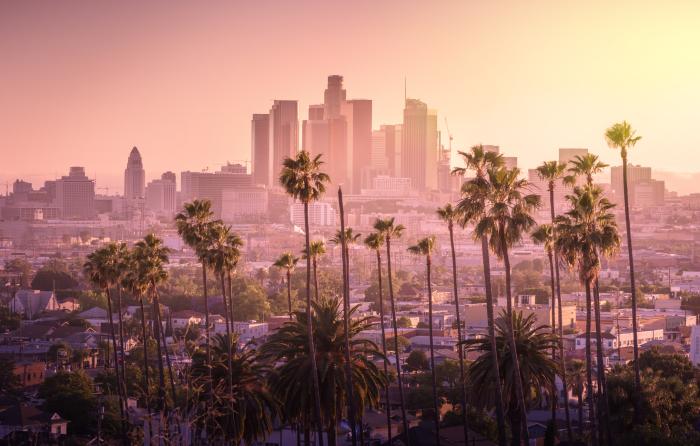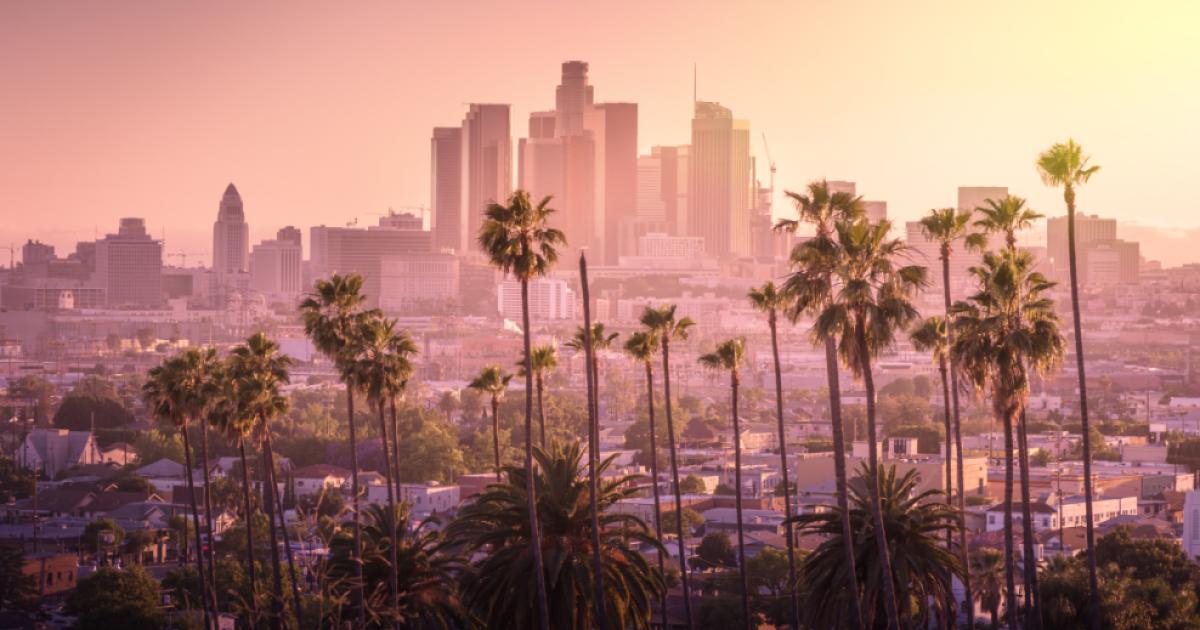- Politics, Institutions, and Public Opinion
- Campaigns & Elections
- State & Local
- California
In poker, a full house beats a flush, which in turn which tops a straight and three-of-a-kind.
And in the high-stakes game that is California politics, north beats south.
Or so we’ll likely see less than two weeks from now when the November election has reshuffled the deck of California’s statewide officeholders.
Once the votes are counted, the northern half of the state should be in a commanding position over its southern counterpart in terms of controlling the most important levers of government.
As such, welcome to yet another oddity of Golden State politics. While five Southern California counties (Los Angeles, Orange, Riverside, San Bernardino, and San Diego) account for over half of the state’s population, that presence is missing in the upper levels of California’s political pyramid.
If I were a betting man, I’d wager that six of the state’s eight-state constitutional officers, starting in 2019, will claim Northern California as their home address. That would include Governor Gavin Newsom, Lieutenant Governor Eleni Kounalakis, State Controller Betty Yee, State Treasurer Fiona Ma, Insurance Commissioner Steve Poizner, and Superintendent of Public Instruction Tony Thurmond (though that race could go to an independent from Southern California).
Add to that imbalance Dianne Feinstein, the San Francisco icon who’s likely to be reelected to the US Senate seat she’s held since 1992 (her junior colleague, Kamala Harris, climbed the political ladder in the Bay Area before moving to Los Angeles).
That leaves us with just two statewide officials who hail from Southern California: Attorney General Xavier Becerra and Secretary of State Alex Padilla. (By contrast, the California State Legislature is an all-SoCal show—the Senate President Pro Tem Toni Atkins calls San Diego home; Assembly Speaker Anthony Rendon is an Angeleno).
One can argue that geography is a cyclical variant in California politics, starting with the choice of governor.
From 1982 to 2010, four Southern Californians—George Deukmejian, Pete Wilson, Gray Davis, and Arnold Schwarzenegger—exclusively ran the Golden State. So handing over the job to Jerry Brown and Newsom for at least twelve straight years (Newsom would make it sixteen if he wins and is reelected in 2022) could be seen as something of a course correction.
One could also posit that geography is an overrated commodity: having a Northern California Superintendent of Public Instruction, which is largely a ceremonial position, is nowhere near the clout of a Southern California Attorney General who can willy-nilly sue the federal government and make mischief with ballot initiatives.
That said, the likely NorCal domination in 2018 speaks to one aspect of state elections: who bothers to vote.
And it could affect a couple of big policy decisions facing the state in the post-Brown era having to do with trains and tunnels.
A quick review of California’s June primary shows 5.149 million registered voters in Los Angeles County at the time, compared to 3.625 million registered voters in the nine counties that comprise the “Bay Area” (Alameda, Contra Costa, Marin, Napa, San Francisco, San Mateo, Santa Clara, Solano, and Sonoma).
But let’s look at who actually participated in that election. In June, 1.49 million votes were cast down south, while 1.58 million votes were counted up north. The bottom line: despite Los Angeles’ 1.5 million advantage in registered voters, the Bay Area produced 900,000 more votes. So much for home field advantage.
Now, for how geographic imbalance translates to policy tilt.
Should Newsom be elected, he faces a pair of hard decisions on two of Governor Brown’s signature causes: a water project in the Sacramento-San Joaquin River Delta and the embattled high-speed rail design that’s supposed to link California’s majority cities via 800 miles of rapid track.
“California WaterFix” is a $15 billion plan to build two four-story tunnels to carry fresh water north-south, from the Sacramento River and via the Delta to a thirsty Southern California.
Unable to collect enough money from California’s water agencies to build the two tunnels, Brown’s relented to a fallback plan—build one tunnel now, a second one later.
But Newsom’s stance? He favors just the one tunnel. You can call that pragmatic, as the money’s not there for the more ambitious twin-tunnel design. But it’s also a classic “NorCal” mentality—the idea of Southern California’s demand for water sucking northern resources dry.
As for how to proceed on rail policy, Newsom’s not exactly been of a one-track mind. At various times over the past decade, Newsom’s supported the plan, then said he would redirect the funds to more urgent infrastructure needs, and hopped back on board again with his endorsement. His current stance: finish the line connecting the San Joaquin Valley to the San Francisco Bay Area . . . but delay the line running south, the valley to Los Angeles, until the money materializes.
Again, it’s the pragmatic thing to do.
Not that it benefits Southern California.
Politics has a funny way of working out disparities. While yes, the California political structure leans decidedly to the north, it’s worth noting that it’s a pair of Southern Californians—Senator Harris and Los Angeles Mayor Eric Garcetti—who will likely engage in the Democratic presidential demolition derby that begins next year.
Besides, California’s Southland has a longstanding tradition of complicating a governor’s tenure. In more recent times, that’s includes natural disasters (fires and earthquakes), urban unrest (the LA riots in 1992), plus a pesky medfly infestation that brought a temporarily halt to Jerry Brown’s political career when voters reacted negatively to Malathion spraying in California neighborhoods.
It’s another way of saying that the south won’t rise in this California election. However, it won’t go ignored.
















